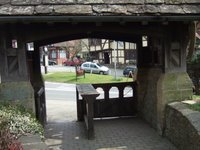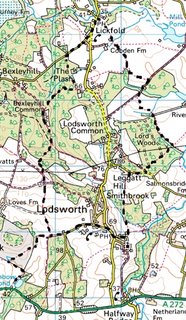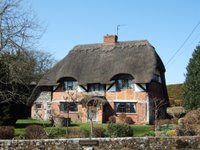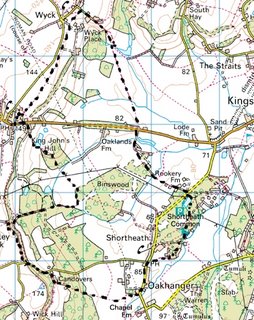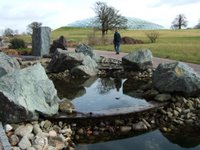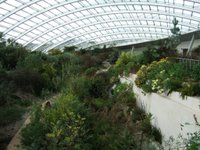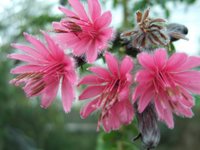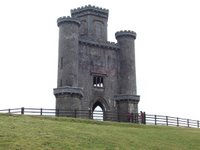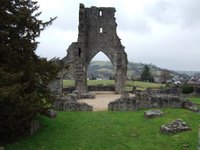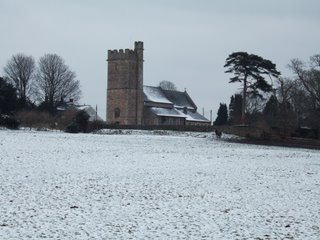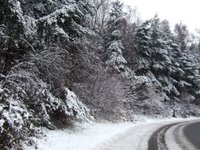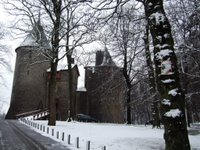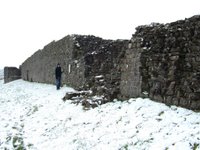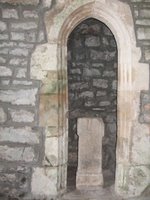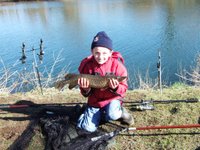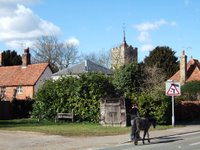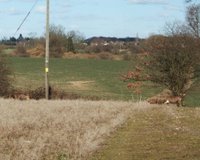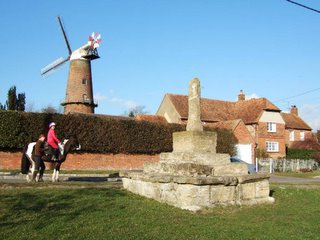 Winchcombe was once the capital of Mercia, and remains a very interesting town, full of beautiful buildings. There are many old pubs, cute rows of houses, and a splendid church.
Winchcombe was once the capital of Mercia, and remains a very interesting town, full of beautiful buildings. There are many old pubs, cute rows of houses, and a splendid church.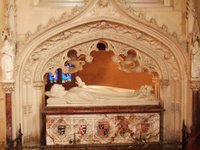 Just outside the town is Sudeley Castle, which has an interesting history itself. It was once the home of Katherine Parr, the last of Henry VIII's wives. She lived there after her second marriage to Thomas Seymour, and is buried there following her early death after childbirth.
Just outside the town is Sudeley Castle, which has an interesting history itself. It was once the home of Katherine Parr, the last of Henry VIII's wives. She lived there after her second marriage to Thomas Seymour, and is buried there following her early death after childbirth.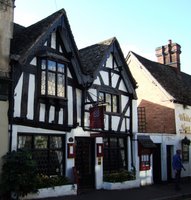 We stayed two nights at the White Hart, a quaint old 16th century inn, right next door to the house John Wesley stayed at for two nights in the 1770s. As well as exploring the town and the castle, we did a walk from the town to Hailes Abbey and back through the tiny hamlet of Farmcote and the even smaller Little Farmcote. Farmcote had a small church, complete with what must definitely be the smallest church cross in Christendom.
We stayed two nights at the White Hart, a quaint old 16th century inn, right next door to the house John Wesley stayed at for two nights in the 1770s. As well as exploring the town and the castle, we did a walk from the town to Hailes Abbey and back through the tiny hamlet of Farmcote and the even smaller Little Farmcote. Farmcote had a small church, complete with what must definitely be the smallest church cross in Christendom. 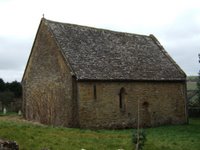 Despite being so small, the church still had a lovely marble tomb inside.
Despite being so small, the church still had a lovely marble tomb inside.On the way home on Sunday, we visited two picturesque villages.
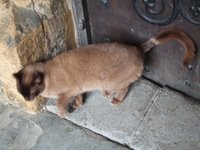 The first was Ilmington. On our walk, we visited the local church that has carved, in various places throughout, 11 mice. They are most entertaining, and a neighbourhood cat posed very thoughtfully for us to take a photograph of one, on the door post.
The first was Ilmington. On our walk, we visited the local church that has carved, in various places throughout, 11 mice. They are most entertaining, and a neighbourhood cat posed very thoughtfully for us to take a photograph of one, on the door post.The second village of Warmington was reached just as the rain was starting, so we left a proper exploration to the next time we are in the area.

Image produced from the Ordnance Survey Get-a-map service. Image reproduced with kind permission of Ordnance Survey and Ordnance Survey of Northern Ireland.
